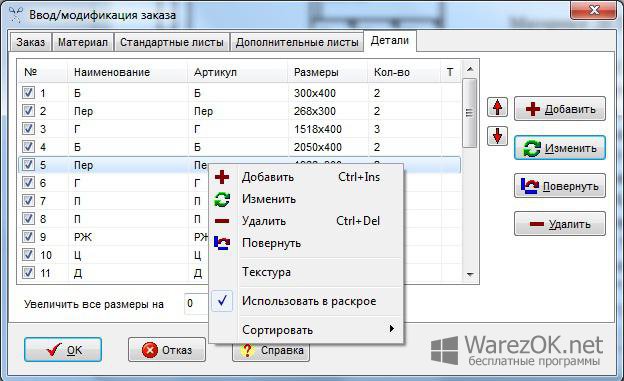Raskroj Kuznecova Kryak

Lebedka svoimi rukami iz starters youtube. Emergency $249 / yr 1 Website Initial Response Time within 4 hrs.
Contents • • • • • • • • • • • • • • • Geography [ ] Krasnodar Krai is located in the southwestern part of the and borders with in the northeast, and in the east, and with the region (internationally recognized as part of ) in the south. The is completely encircled by the krai territory. The krai's is situated between the in the north and the in the south.
In the west, the separates the krai from the, internationally recognised as of but under. At its widest extent, the krai stretches for 327 kilometers (203 mi) from north to south and for 360 kilometers (220 mi) from east to west.

The krai is split into two distinct parts by the, which gave its name to this entire geographic region. The southern, seaward part is the western extremity of the range, lying within the ecoregion; the climate is or, in the southeast,. Historically it is known as. The northern part is a which shares patterns. It is also known as region. This section does not any. Unsourced material may be challenged.
Kriak_dlia_left_fo_ded, 88408.
( May 2018) () The region's earliest known inhabitants are referred to, generically, as the (after the Greek name for the ). During the 6th century BCE, founded the area's first cities, such as (near modern ) and (on the ), who traded with nomadic tribes including the (Scythians). From the 8th to the 10th centuries, the area was dominated by the, a who had earlier migrated from the east onto the, where they reputedly converted to.
After the defeat of the in 965 conquered the area, it came under the rule of, and it then formed the Tmutarakan principality. Later, due to the increasing claims of Byzantium at the end of the 11th century, the Tmutarakan principality came under the authority of the Byzantine emperors (until 1204). In that period of history, the were first mentioned, under the ethnonym Kasogs. For example, Rededi Prince Kasozhsky was mentioned in. In 1243–1438 the current territory of the Kuban was part of the.
After the collapse of the latter, parts of Kuban were held under the Crimean Khanate, Circassia, and the, which dominated the region. The began to challenge the protectorate of the Ottoman Empire in the area during the. In April 1783, by decree of, right-bank Kuban and Taman Peninsula were annexed to the. In 1792–1793 Cossacks moved there from, now located in Ukraine, and formed the Black Sea Area troops, with the creation of a solid cordon line for the and the marginalization of the neighboring. During the campaign for control of the () Russia pushed away the Ottoman Empire from the region, followed by () as well. For this see. In 1783, the present northern territory of the Kuban region became part of Russia after the liquidation of the Crimean Khanate.
A border garrison was located there from 1793 to 1794 in order to protect the Kuban River. The remaining area was relegated to the Cossacks, initiating development of the region. The administrative region was accorded the status of 'Land of Black Sea Cossack Army'. In 1860, most of the occupied area of the territory of the modern Kuban-Krasnodar region was formed of, and controlled by, remnants of the and the western part of the, who were to become the. In 1900, the region's population numbered around two million people. In 1913, the gross grain harvest Kuban region entered the 2nd place in Russia, for the production of marketable grain – in the 1st place. Krasnodar Krai was founded on 13 September 1937, when of the was split up in Krasnodar Krai.